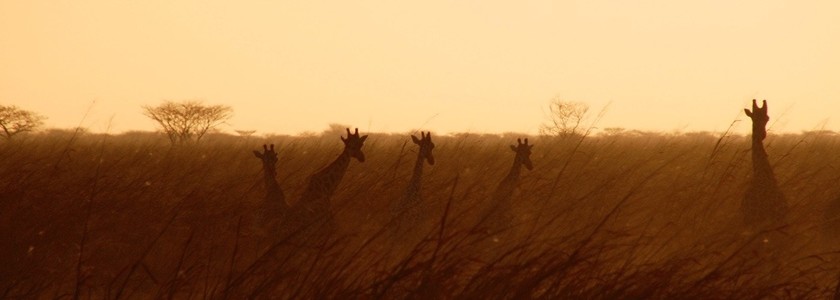

Wildlife Wednesdays: Invasion of Protected Areas
Protected areas, used by environmentalists, are areas where resources and biodiversity are protected from human activity. It's an area where wildlife, natural habitats, and species can grow. Protected areas keep away human activity such as farming, logging, and building infrastructures. A new report in the Journal of Science found that a third of these areas are in fact under quite a bit of pressure from human intrusion.
On Earth, there are about 200,000 protected areas that range in size, but new studies show that up to 6 million square kilometers are facing these human pressures. Researchers have looked at the "human footprint" global map, which was first published in 2016, and compared them to today. The results showed quite an increase in human activity in the past decade (Figure 1). According to James Watson from the Wildlife Conservation Society, he mentioned that a decrease in biodiversity over the world could have cascading effects. One example of this is in the United States, where predators (like bobcats) were linked to an increase in Lyme Disease, as one study showed. Researchers found that, as the bobcat populations declined, deer population increased, which led to more ticks (as they had more hosts). These ticks also carried Lyme Disease among other diseases. In the San Francisco area, this region is one of the fastest growing in the U.S., and has struggled to balance biodiversity and human activity. To save biodiversity in that area would require popular and political support, says Elizabeth O' Donoghue from Nature Conservancy.
So, what are the impacts of not protecting these areas of biodiversity? O' Donoghue mentions that, in the Bay area, plants and animals would decrease and wild-ranging species would not have large fields to travel. Also, nature absorbs rain water naturally. This would be impacted as well as air quality.
As mentioned before, in regions that are strictly protected found fewer instances of human activity. This has led to an increase in biodiversity and resources.






